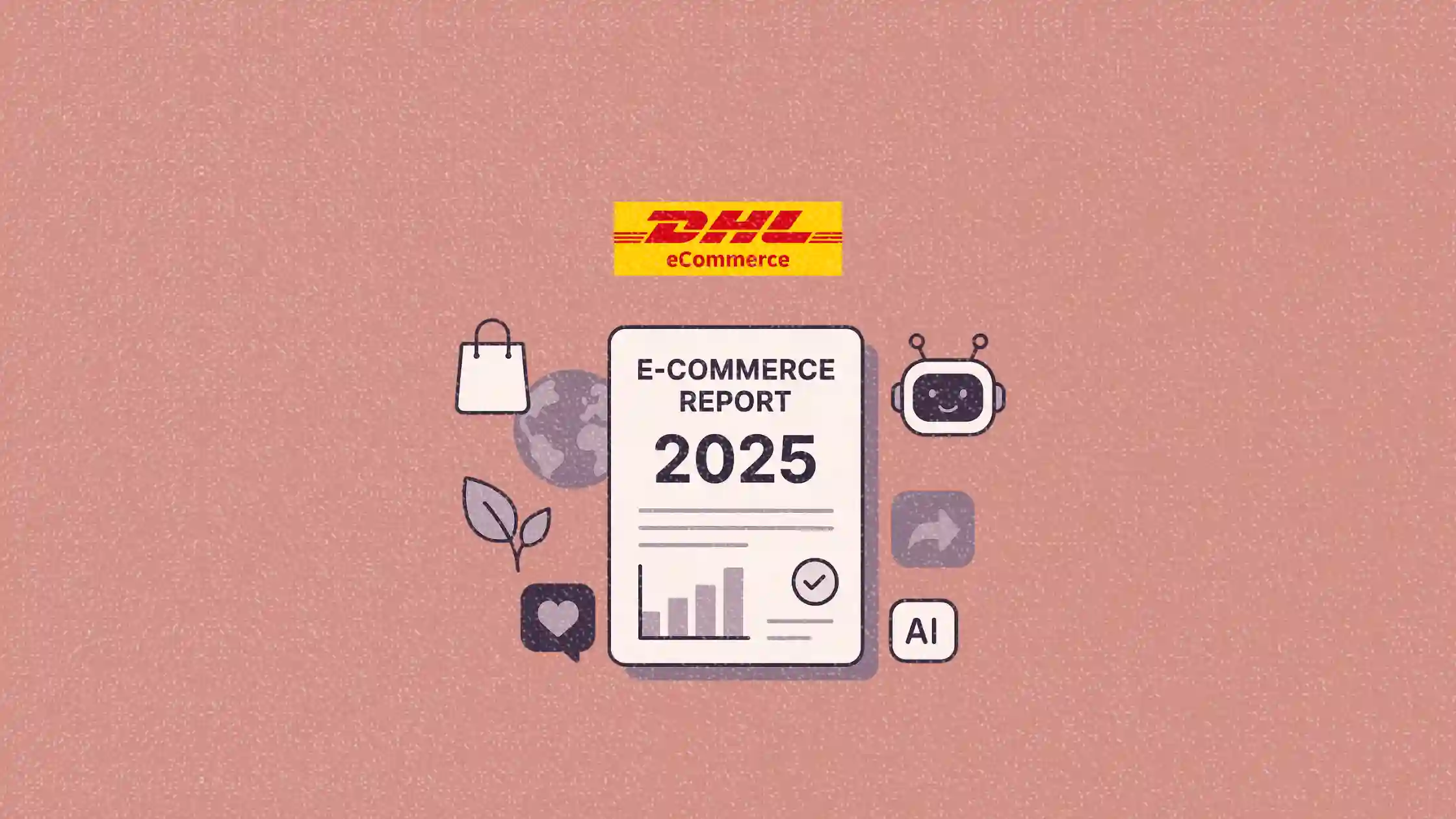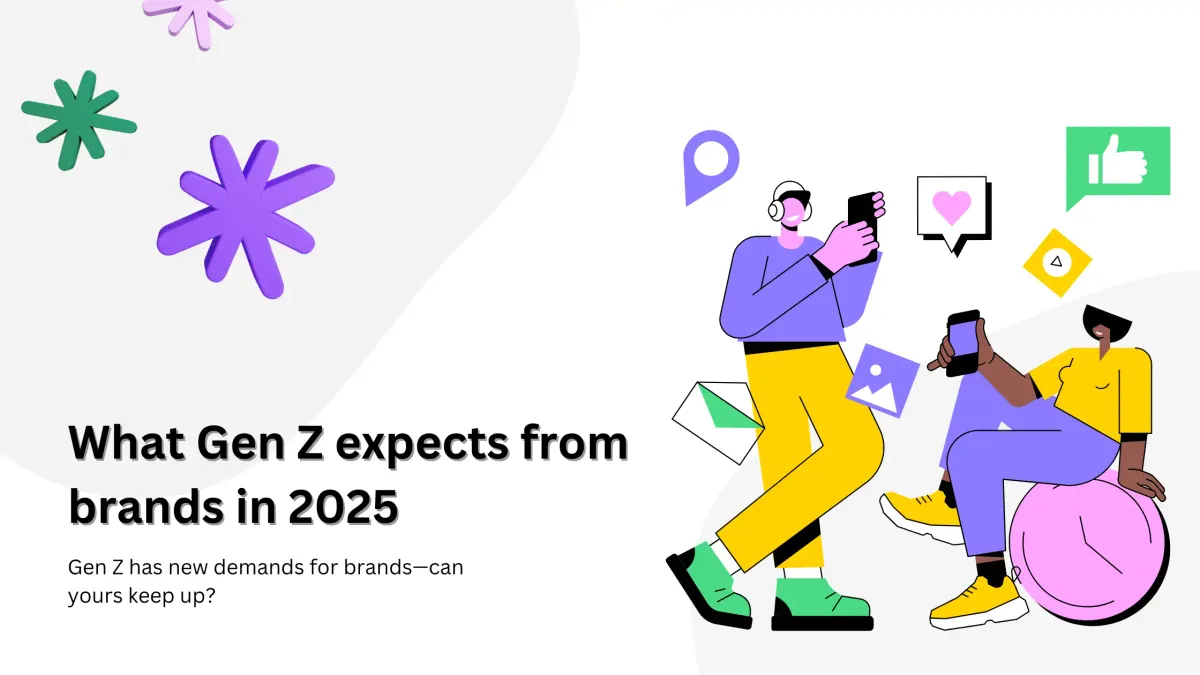DHL’s 2025 e-commerce report explores what shoppers expect from brands now
DHL’s new trends report shows where e-commerce is headed—and what marketers should prioritize next

DHL’s 2025 E-Commerce Trends Report sheds light on how global consumer expectations are reshaping the way brands approach online retail.
From AI-powered shopping assistants to social commerce dominance and the rising stakes of sustainable logistics, the report reveals a retail landscape in flux.
For marketers, this isn’t just trendspotting—it’s a strategic to-do list. This article explores four critical takeaways from the report and what they mean for e-commerce, brand engagement, and digital experience strategy.
Short on time?
Here is a table of content for quick access:
- AI becomes a shopping essential
- Social commerce overtakes traditional e-commerce
- Delivery and returns: the ultimate conversion drivers
- Sustainability: from buzzword to bottom-line impact
- What marketers should know

AI becomes a shopping essential
The integration of artificial intelligence into the shopping experience is no longer a novelty but a necessity.
According to the report, 70% of global shoppers desire AI-driven tools such as virtual try-ons, voice search, and personalized shopping assistants to enhance their purchasing decisions. In the Asia Pacific region, this demand is even higher, with 81% of consumers seeking AI-powered shopping features.
Voice-enabled shopping is gaining traction, with 37% of global shoppers—and nearly half of social commerce users—making purchases hands-free. This trend signifies a shift towards more intuitive and tech-enabled shopping journeys that blend utility with delight.

Social commerce overtakes traditional e-commerce
Social media platforms are rapidly becoming primary shopping destinations. The report reveals that 70% of global consumers expect to shop primarily through social media by 2030, bypassing traditional websites entirely. In the Asia Pacific region, this figure rises to 85%, indicating a significant shift in consumer behavior.
Platforms like TikTok, Instagram, and Facebook are not just for discovery but are becoming integral to the purchasing process.
For instance, 86% of online shoppers in Thailand report buying through TikTok, and globally among Gen Z, almost 50% are already using the platform to make purchases.

Delivery and returns: the ultimate conversion drivers
Despite advancements in technology, the fundamentals of delivery and returns remain critical in influencing purchase decisions.
The report highlights that 81% of consumers will abandon their purchase if their preferred delivery option isn't available, and 79% will do the same if the return process doesn't meet their expectations.
Trust in delivery and returns providers is also paramount, with three out of four shoppers indicating they will not buy from a retailer if they don't trust the delivery and returns provider.
Sustainability: from buzzword to bottom-line impact
Sustainability has evolved from a brand differentiator into a core consumer demand. Globally, 72% of shoppers consider sustainability when making online purchases, and one in three shoppers have abandoned their carts due to sustainability concerns.
Among Gen Z, this figure spikes to nearly one in two. Consumers are also embracing more circular models of consumption, with over half opting for pre-owned or refurbished goods, motivated by both environmental values and cost efficiency.
Additionally, 58% of shoppers express willingness to participate in recycling or buy-back programs offered by retailers.

What marketers should know
- Embrace AI-driven personalization
ntegrate AI tools such as virtual try-ons and voice search to meet consumer expectations and enhance the shopping experience.
- Optimize for social commerce
Develop seamless, mobile-native shopping experiences on platforms like TikTok and Instagram to capitalize on the growing trend of social commerce.
- Prioritize delivery and returns
Ensure that delivery and return options are flexible, reliable, and transparent to reduce cart abandonment rates.
- Commit to sustainability
Implement sustainable practices and communicate them effectively to align with consumer values and drive loyalty.







